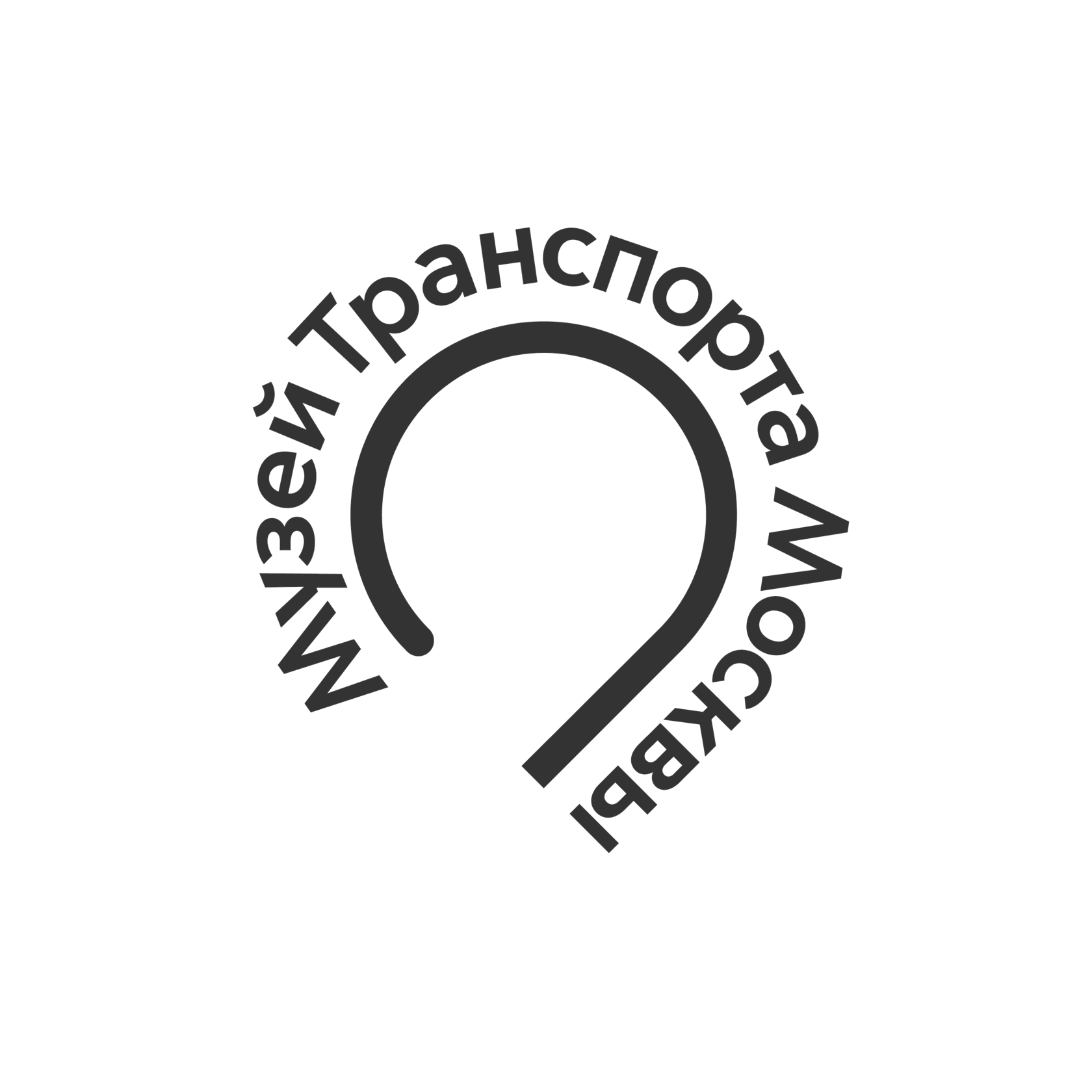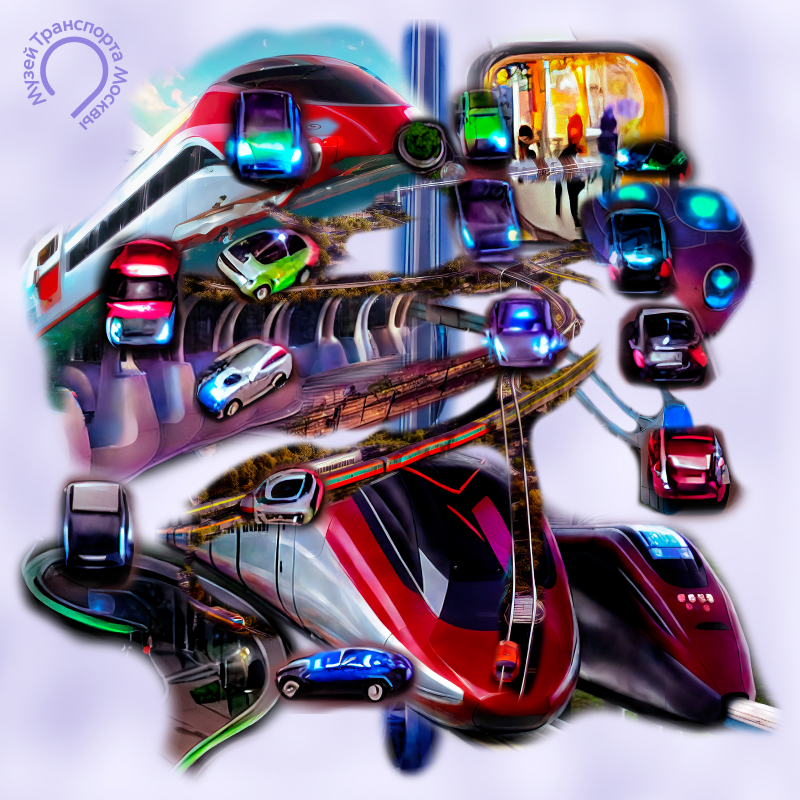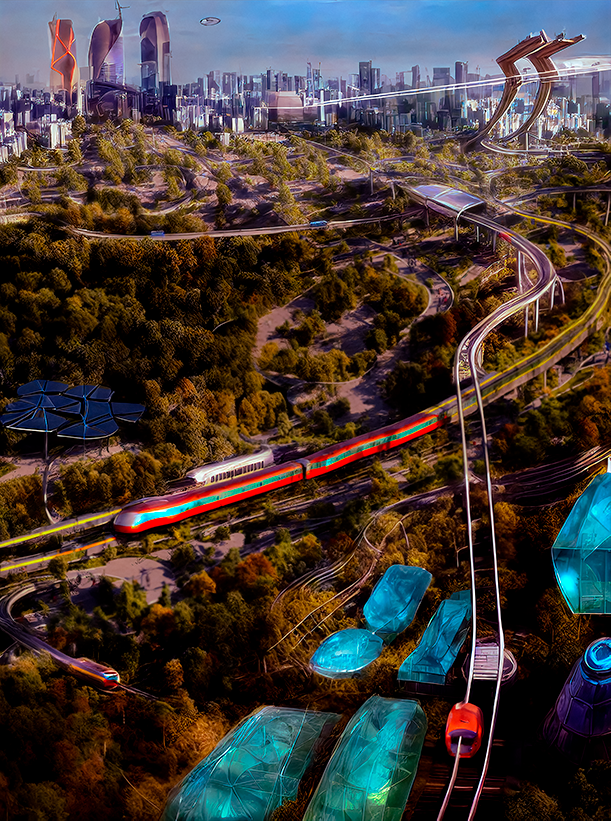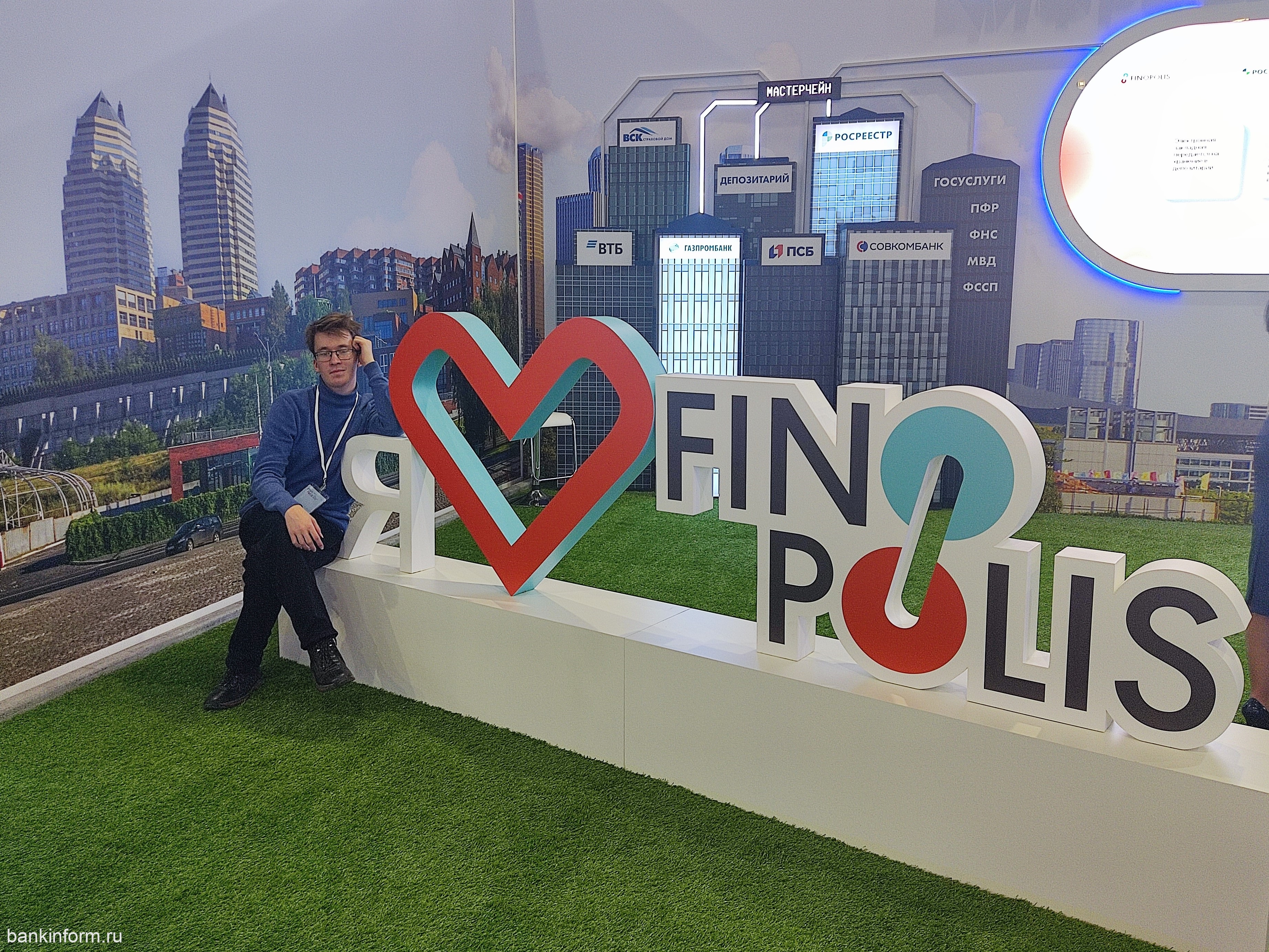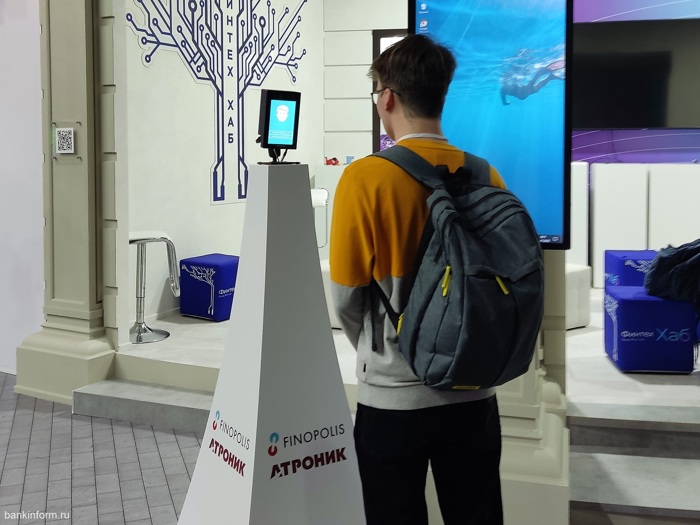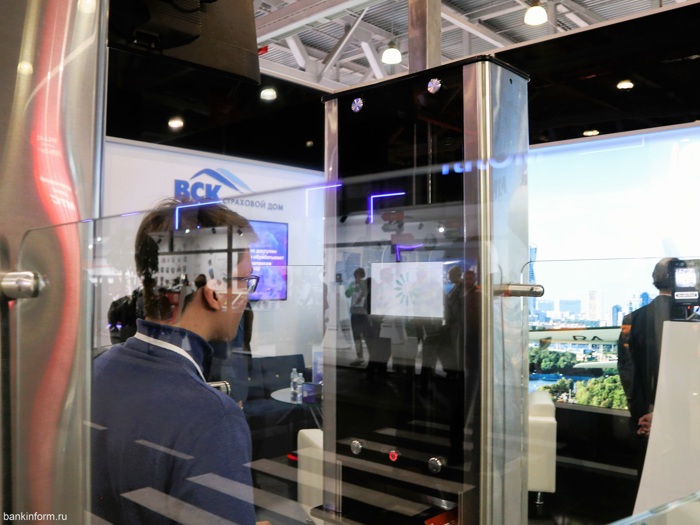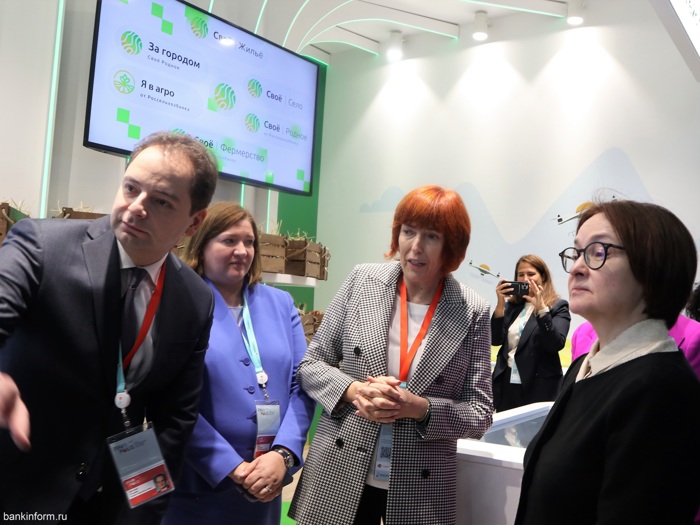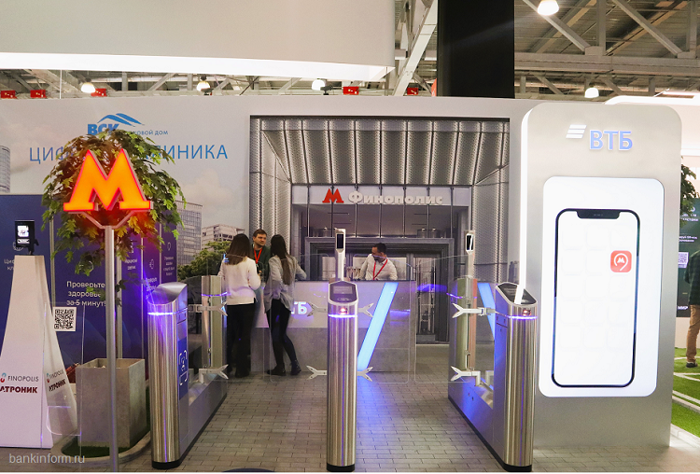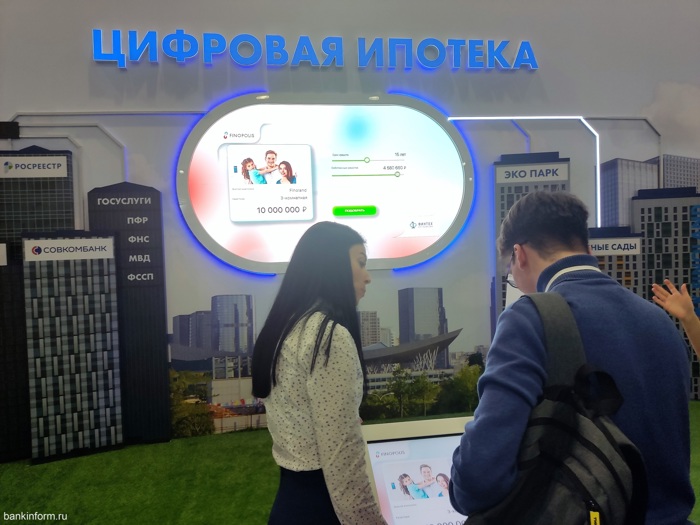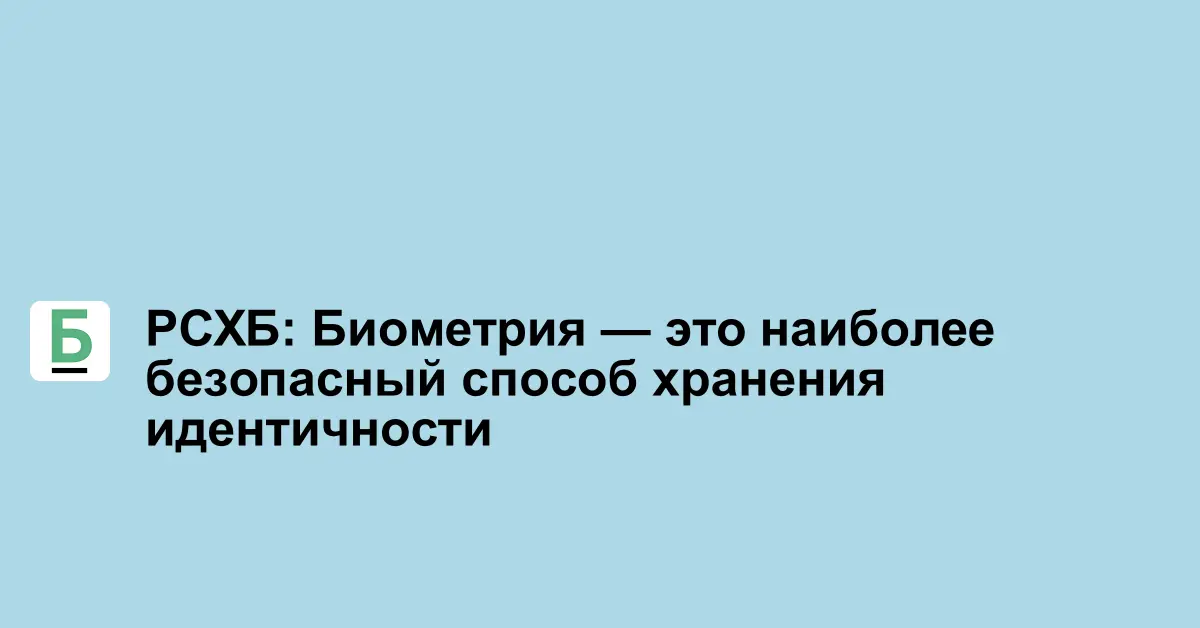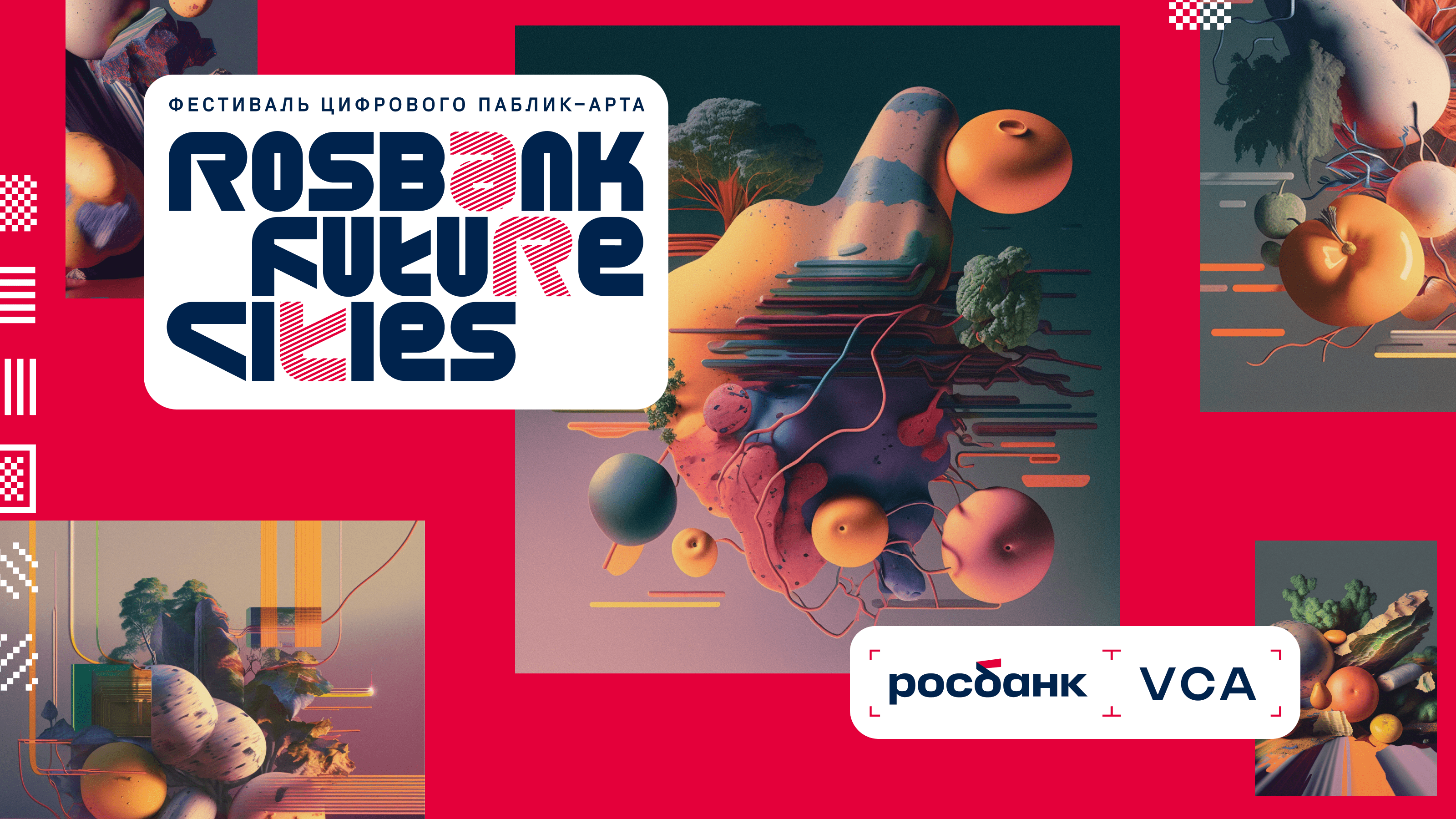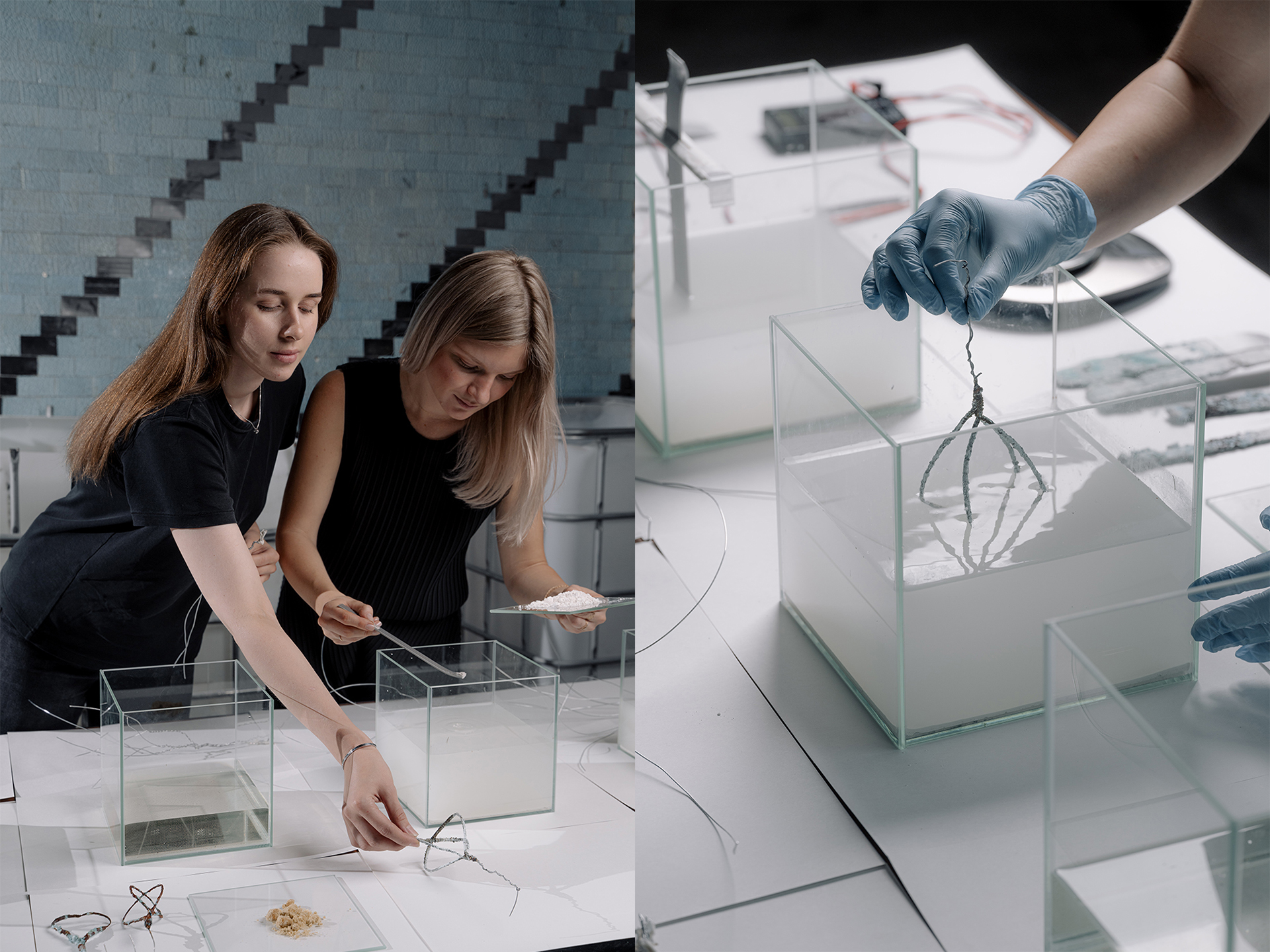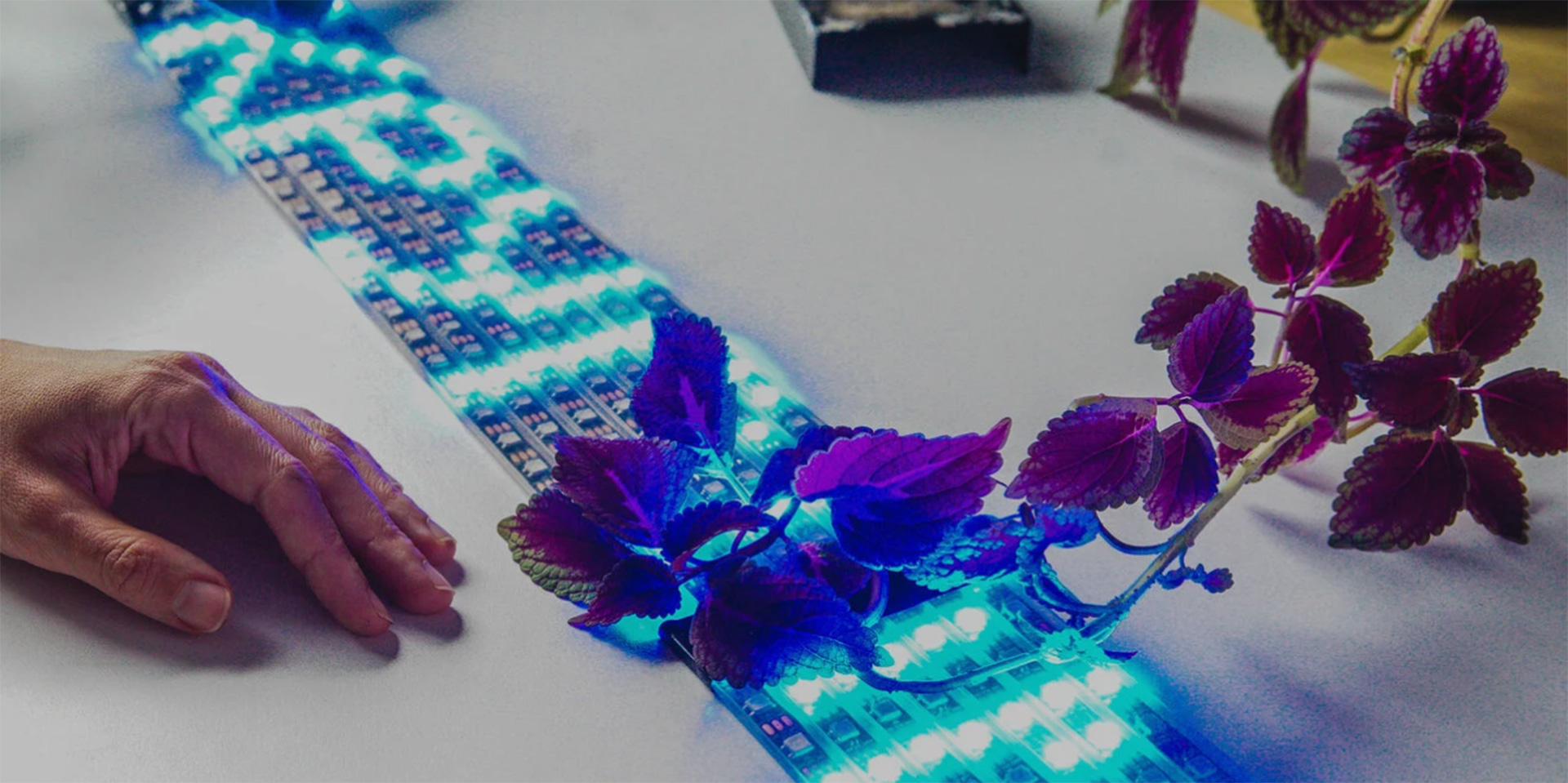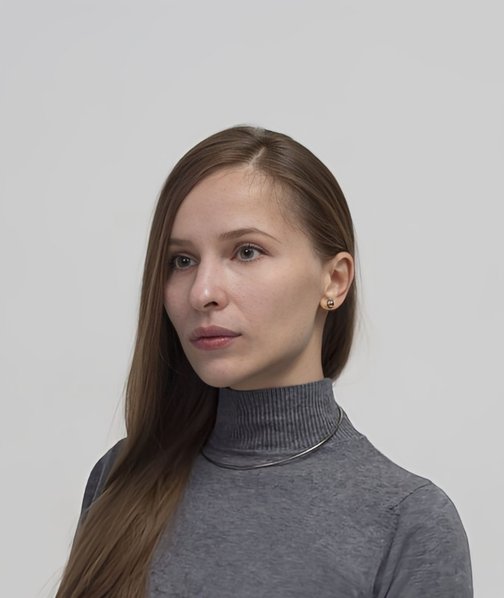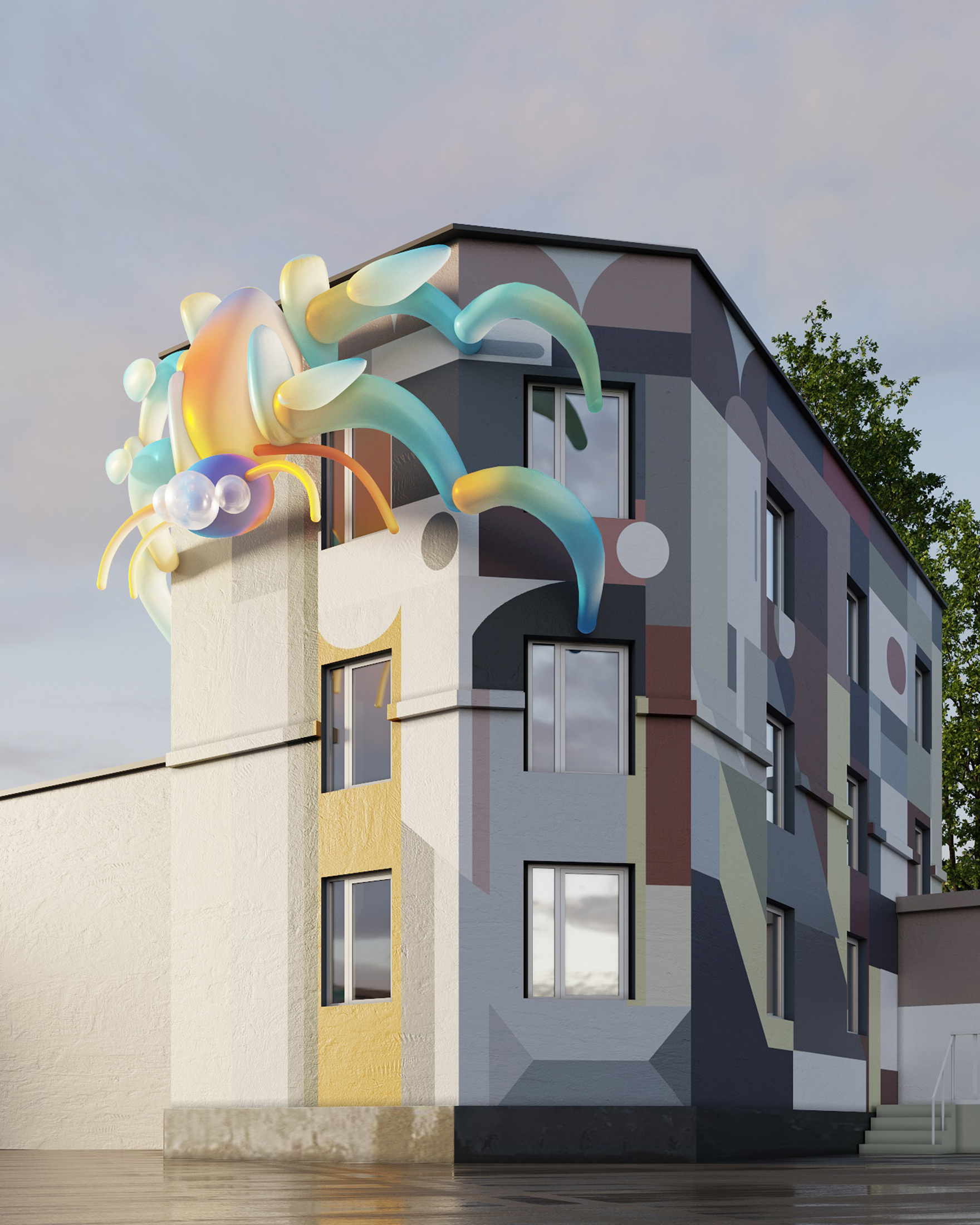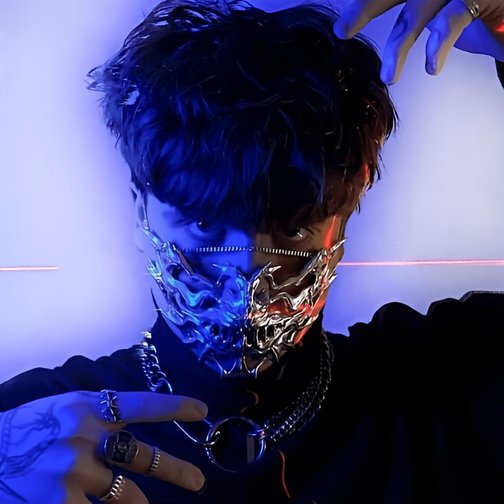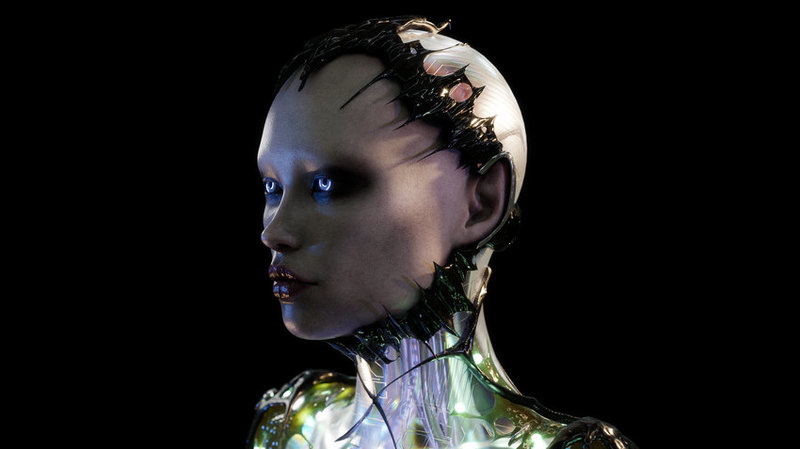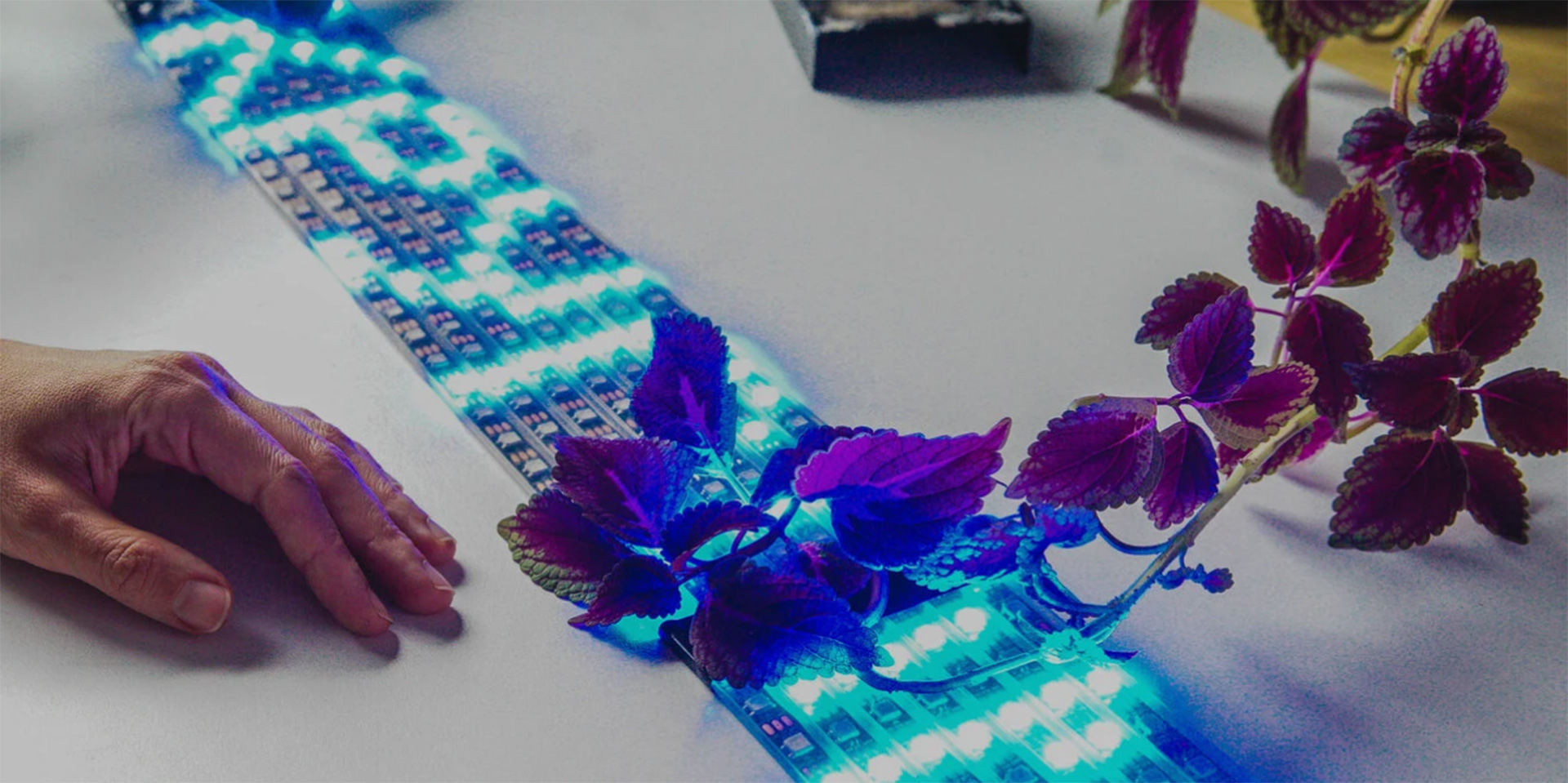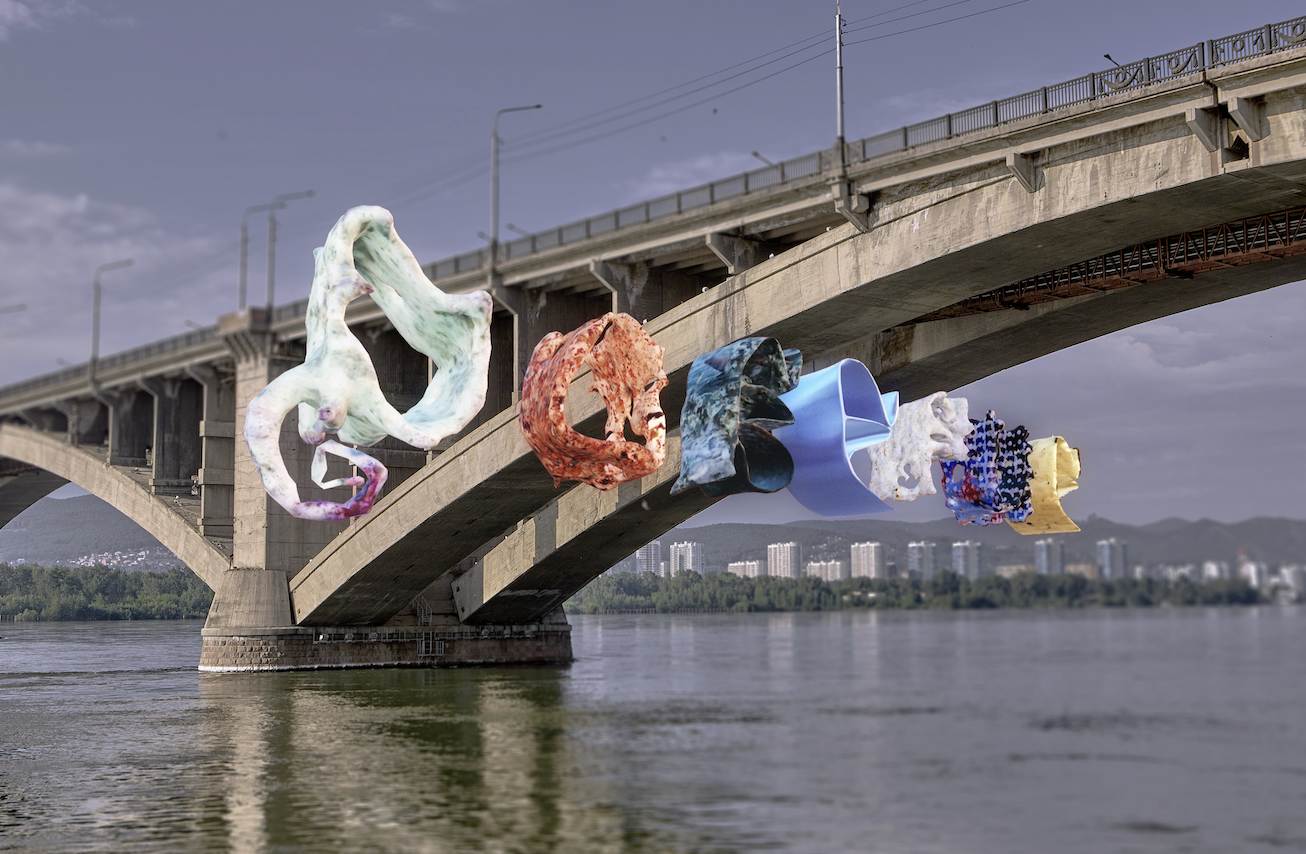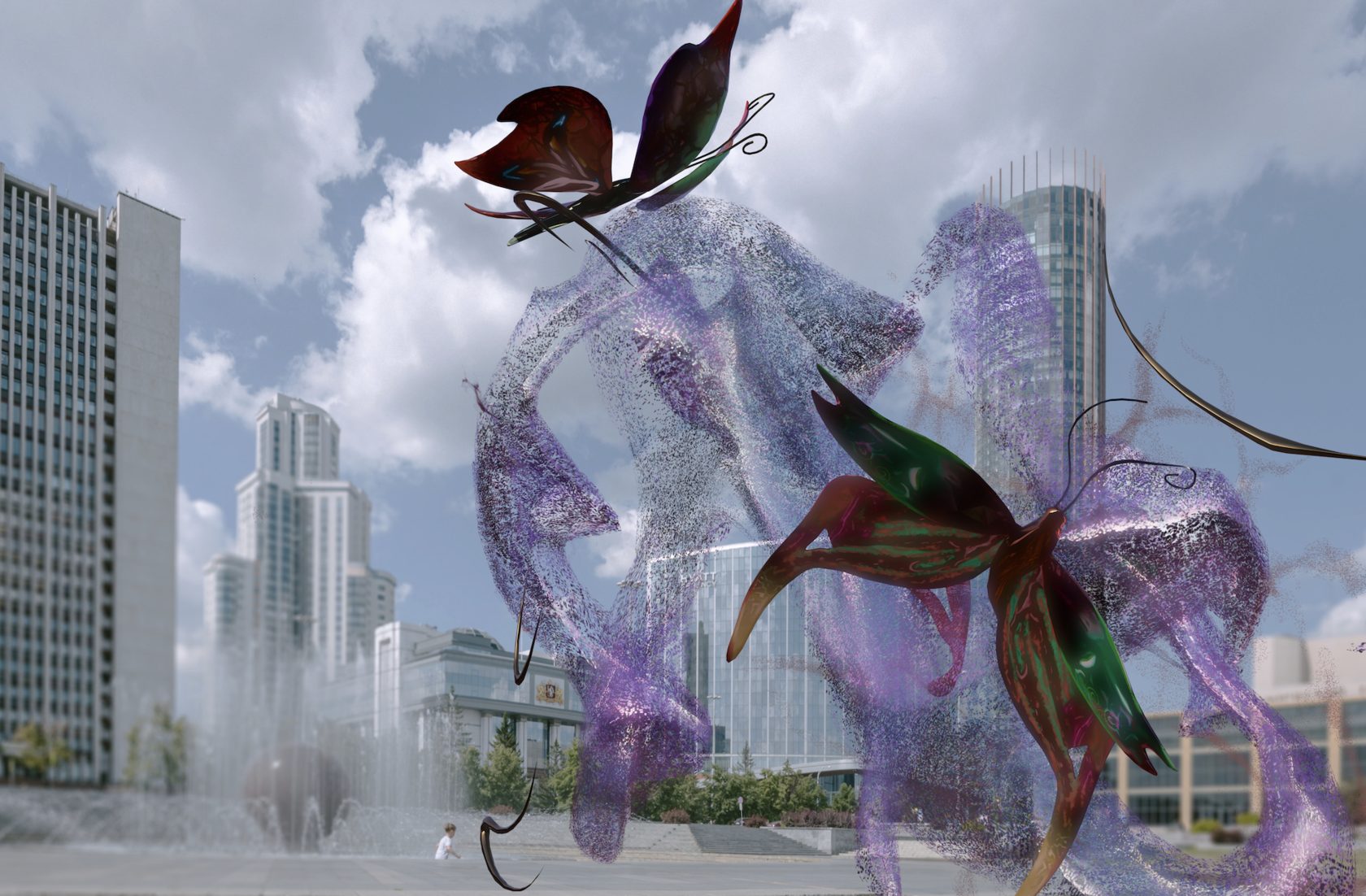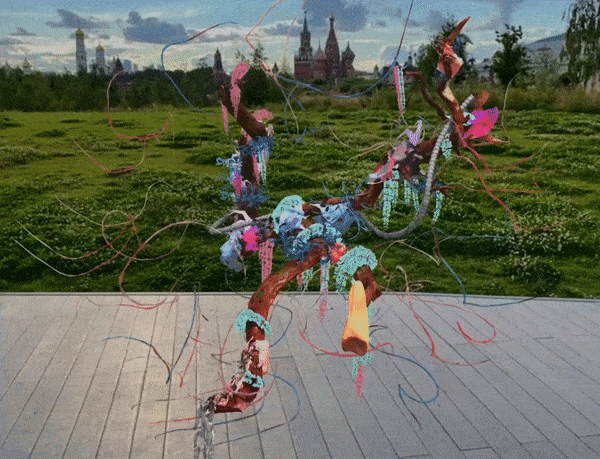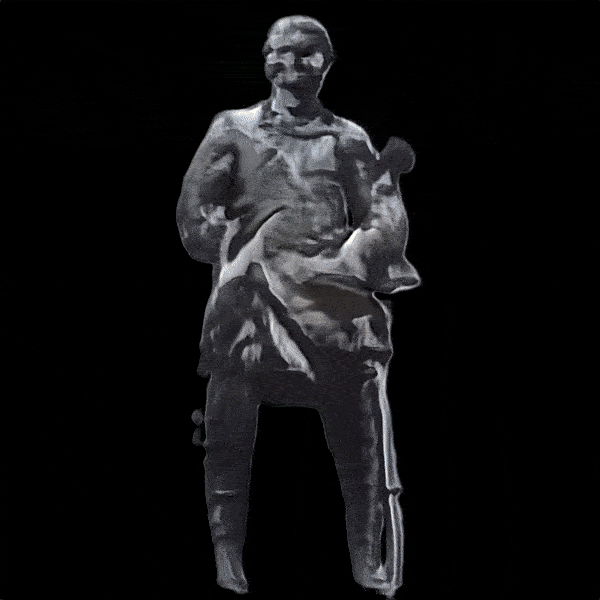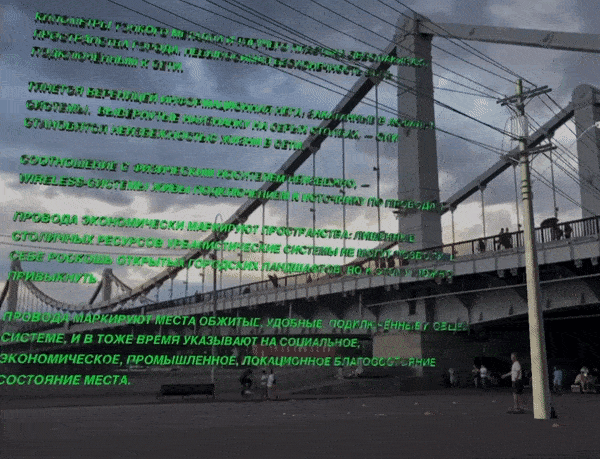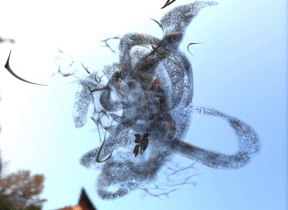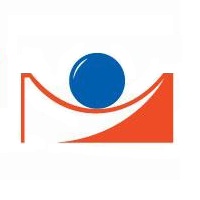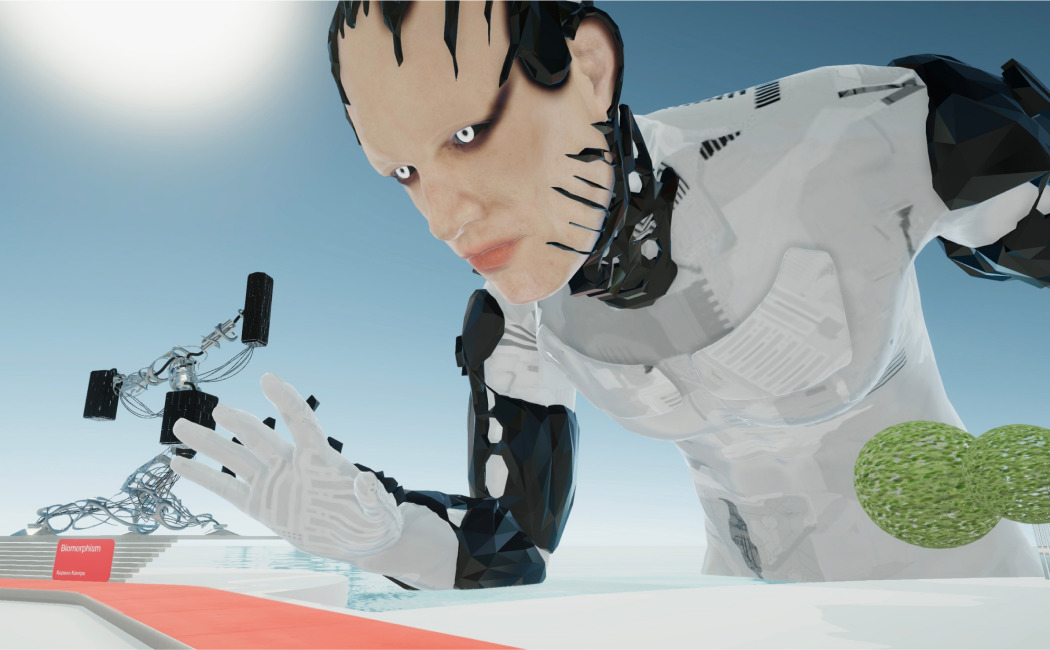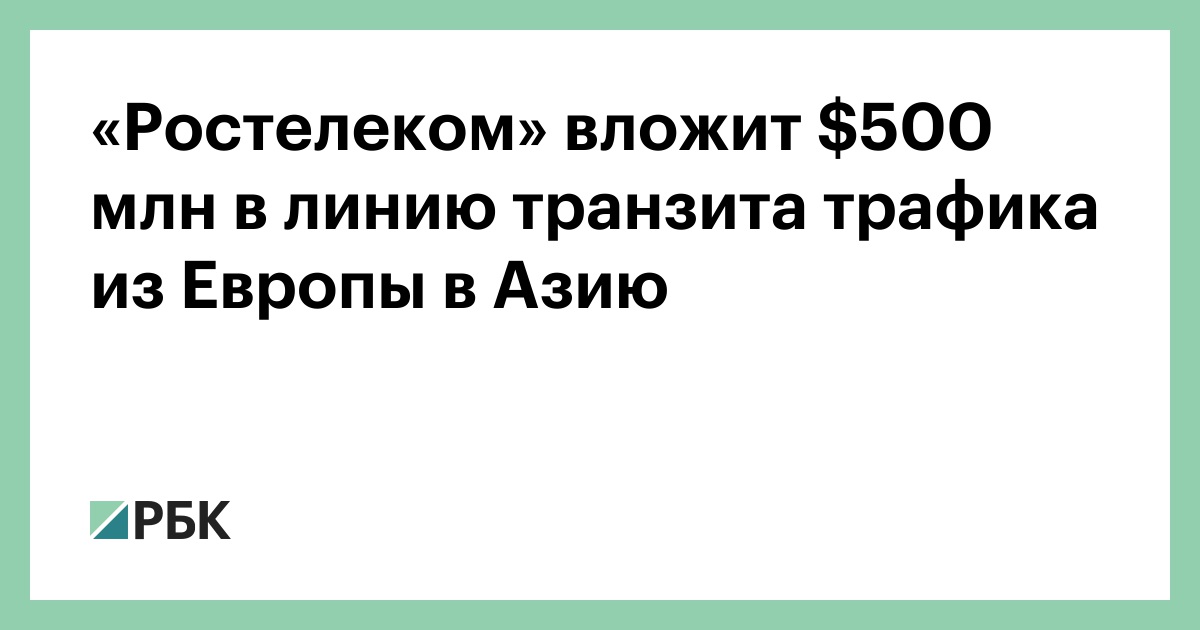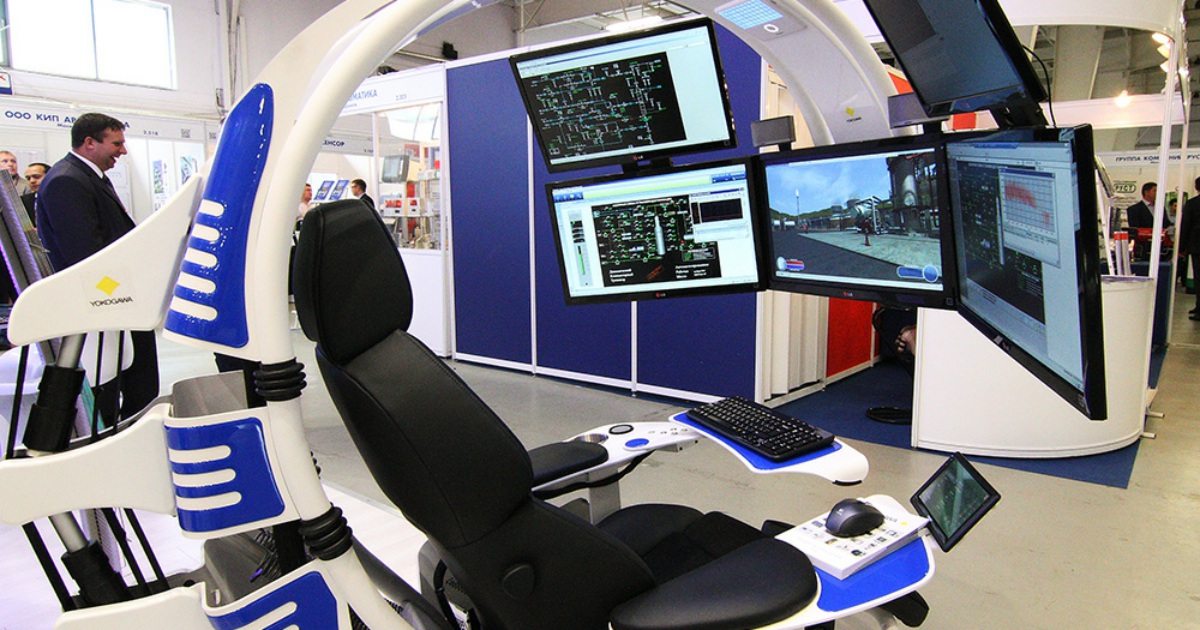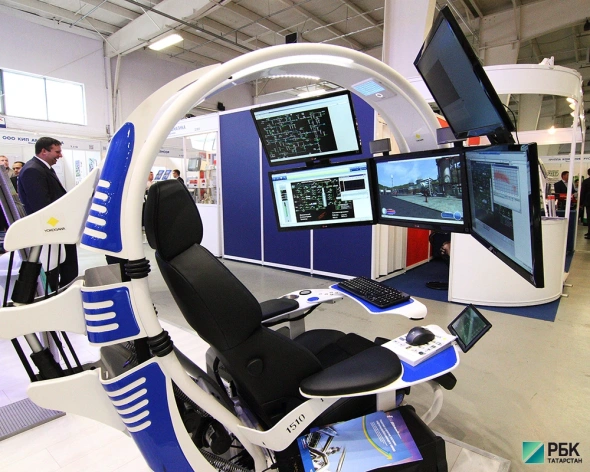Lalas
Star
- Joined
- Nov 8, 2022
- Messages
- 2,129
Bank of Russia- digital ruble?
https :// cbr.ru/fintech/dr/
Digital Ruble
The digital ruble is a digital form of the Russian national currency that the Bank of Russia plans to issue in addition to existing forms of money.
After a wide public discussion of the initiative to create a digital ruble, the Bank of Russia has prepared a concept that provides for the use of a two-tier retail model.
https :// cbr.ru/Content/Document/File/120075/concept_08042021.pdf
It was also proposed to consider the use of a Unified Identification and Authentication System and a Unified biometric system when identifying a user for his registration on the digital ruble platform and opening a wallet. A number of respondents suggested using technologies that enable offline transactions between two devices (for example, NFC).page5
2. Functionality of the digital ruble
The ability to conduct offline transactions, according to 88% of respondents, should be a key feature of the digital ruble and will be important for the demand for the digital ruble by citizens and businesses, especially in remote and hard-to-reach settlements. Respondents believe that this functionality will allow combining the advantages of cash and non-cash forms of payments in a digital ruble.
Regarding the possible establishment of limits for offline transactions, respondents made suggestions on the introduction of limits not lower than those established for money transfers without identification and on considering the issue of subsequent adjustment of limits based on the results of piloting.
Regarding the time spent by digital rubles in offline mode, most respondents are inclined to the need to work out a balance between limiting time in order to counter fraud and ensuring the convenience of users of offline wallets.
Respondents paid special attention to the need to provide a mechanism for restoring digital rubles in case of loss of a mobile device.
Taking into account these proposals, it was decided to implement the Digital Ruble project in the following stages:Participants in the discussion of the Report, supporting the initiative of the Bank of Russia to implement.41% of respondents supported the introduction of an offline mode at the subsequent stages of the development of the digital ruble, since this would require extensive study of technological and legal issues, as well as issues of countering fraud and abuse.
The survey participants also noted the expediency of using distributed ledger technology in the implementation of the digital ruble, including to enable the use of smart contracts.
At the same time, the majority of respondents stressed that technological innovations should first of all be checked for the safety of their application.
The offline mode and smart contracts are described in section V
They noted the scale of the upcoming work, including the modification of a wide range of regulatory documents, the development of IT infrastructure and information security systems of the Bank of Russia and financial market participants. Respondents suggested paying increased attention to the availability of a test period and the stages of the implementation of the digital ruble implementation project.
• October 2020 – publication of the report for public consultations "Digital
ruble", prepared for the purpose of public discussion of the main aspects of the introduction
of the digital ruble.
• April 2021 – publication of the Concept of the digital ruble, which presents
the features of the implementation of the target model of the digital ruble.
• December 2021 – creation of a prototype of the digital ruble platform.
• January 2022 – development of draft amendments to the legislation of the Russian Federation.
• The first quarter of 2022 – the launch of testing a prototype of the digital ruble platform.
It is assumed that testing of the prototype of the digital ruble platform will be conducted jointly with financial market participants during 2022. Based on the test results, a roadmap for the implementation of the digital ruble target platform will be formed.
Stages of project implementationA phased development of the digital ruble platform is planned:
• the first stage is the connection of credit institutions and the Federal Treasury, the implementation of C2C, C2B, B2C, B2B, G2B, B2G, C2G, G2C operations;
• the second stage is the connection of financial intermediaries, the introduction of an offline mode, ensuring the exchange of digital rubles for foreign currency and the possibility of opening wallets to non–resident customers.
The expediency of introducing tokenized non-cash rubles is expected to be discussed with
financial market participants.
December 2021 — creation of a prototype of the digital ruble platform.
2022 — testing of the prototype of the digital ruble platform and development of a roadmap for implementation, taking into account the test results.
2022 — development of legislation for the introduction of the digital ruble."

В России состоялось 15 выпусков цифровых финансовых активов на 170 млн рублей
Как сообщили в ЦБ, число желающих подать заявки растет
According to the Central Bank, the number of applicants is growing
MOSCOW, November 11. /tass/. The total volume of digital financial assets (CFAs) issued in Russia has reached a total of 170 million rubles, to date, operators have carried out 15 issues of CFAs. This was announced by the First Deputy Chairman of the Bank of Russia Olga Skorobogatova.
"As of today, three operators have already been registered, we have received nine applications and the number of applicants is growing. 15 issues have already been carried out, somewhere in the total amount of 170 million rubles," she said in an interview with the Rossiya-24 TV channel on the sidelines of the Finopolis forum of innovative financial technologies.
Skorobogatova emphasized the interest of the financial market participants themselves in using digital financial assets. "Banks are interested in this product. And we also see their desire to try themselves in this new niche," she added.
According to Skorobogatova, the risks associated with the introduction of the CFA are multi-layered, since any new technology or product organization carries technological risks, risks of an organizational plan and regulatory arbitration. "In general, we want to look at all types of risks, and already our next legislation that we are preparing, changes to the legislation, they will be aimed, including at minimizing risks," she concluded.

Набиуллина заявила, что время, когда банки были консервативными, ушло
Глава ЦБ отметила, что технологии постоянно развиваются и меняются
The head of the Central Bank noted that technologies are constantly evolving and changing
MOSCOW, November 11. /tass/. The time when financial institutions were conservative is a thing of the past. This opinion was voiced by the head of the Bank of Russia Elvira Nabiullina at the Finopolis forum.
"The time when financial institutions were regarded as very conservative - albeit reliable, but very conservative - organizations, but, of course, has gone deep into the past. Financial organizations are those organizations whose competitive advantage, first of all, is people and technology," she said.
At the same time, the head of the Central Bank noted that technologies are constantly developing and changing. "Therefore, which technological horse to bet on - financiers, in principle, are pragmatic people - is a big question," Nabiullina said.

Минцифры согласно войти в проект по тестированию цифрового рубля по предложению ЦБ
С начала 2022 года Банк России с группой из 15 банков пилотирует операции на прототипе платформы цифрового рубля
Since the beginning of 2022, the Bank of Russia with a group of 15 banks has been piloting operations on a prototype of the digital ruble platform
MOSCOW, November 11. /tass/. Ministry of digital development of the Russian Federation agrees to enter into the pilot project of the Bank of Russia on the digital ruble for the development of services with payment in digital currency. The consent was given by the Minister of Digital Development, Communications and Mass Media of the Russian Federation Maksut Shadaev during the plenary session of the forum of innovative financial technologies Finopolis.
"Maksut Igorevich, in honor of your birthday, I have a gift. I don't think you can refuse the Central Bank. We want to invite the Ministry of digital development to the digital ruble pilot, so that we can immediately provide digital services with payment in digital rubles. Do you agree?",Olga Skorobogatova, First Deputy Chairman of the Bank of Russia, addressed Shadaev.
"Yes," he replied.
Since the beginning of 2022, the Bank of Russia with a group of 15 banks has been piloting operations on a prototype of the digital ruble platform. From April 2023, the Central Bank plans to start testing the digital ruble with real customers.
About Digital Currency
The Central Bank of the Russian Federation presented the concept of the digital ruble in its report in mid-October 2020. It will take the form of a unique digital code that will be stored on a special electronic wallet, and the transfer of a digital ruble from one user to another will take place in the form of moving a digital code from one electronic wallet to another. The issue of the digital ruble will be carried out by the Bank of Russia. The owners of the money will be able to freely transfer rubles from one form to another."
The minister had great hesitation and almost disagreed, but in the end he changed his mind and everything ended happily for the Russian citizens, who will be able to rely on technological progress for their benefit.
Russia is in the game and with CBDCs.
Last edited:


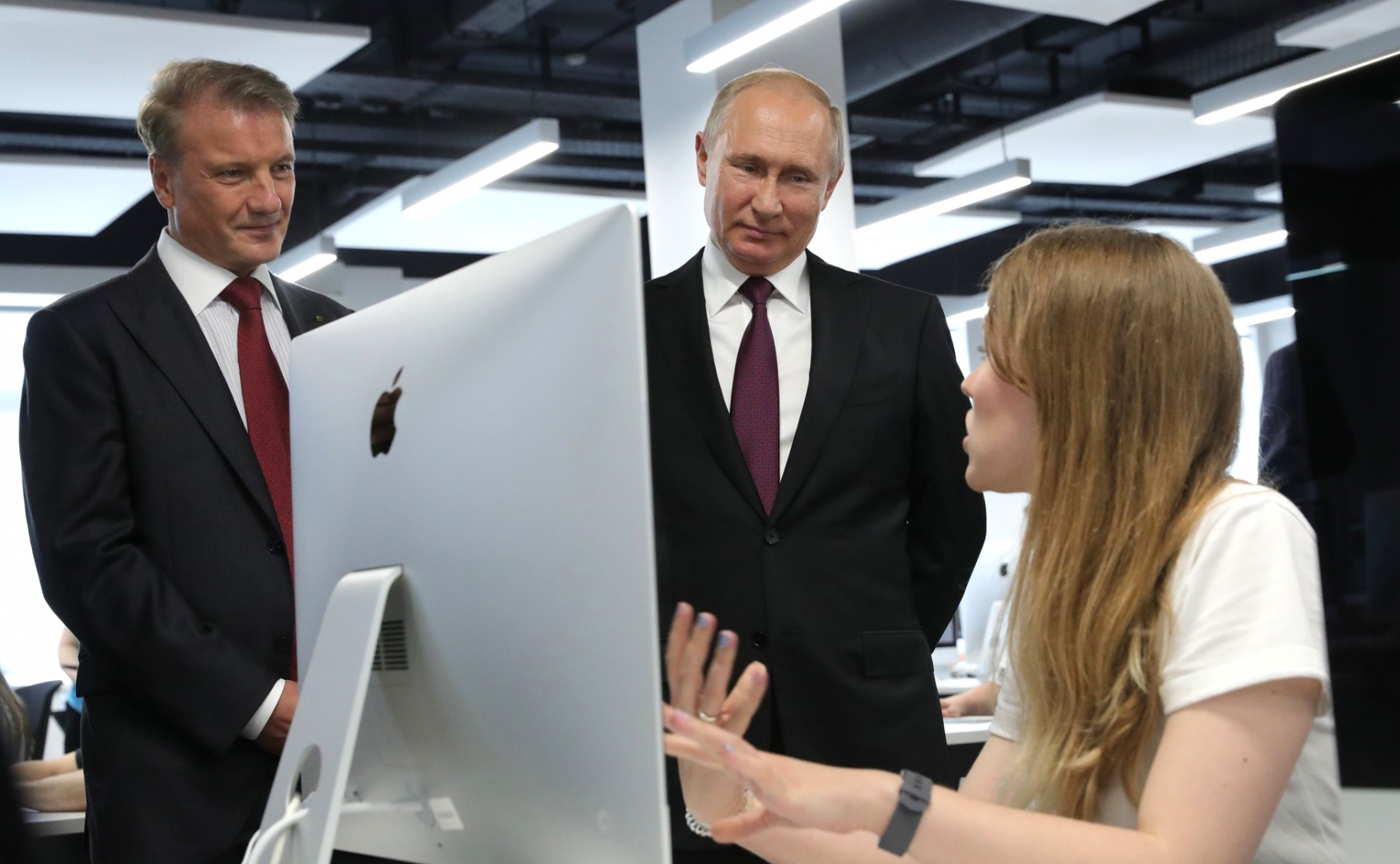

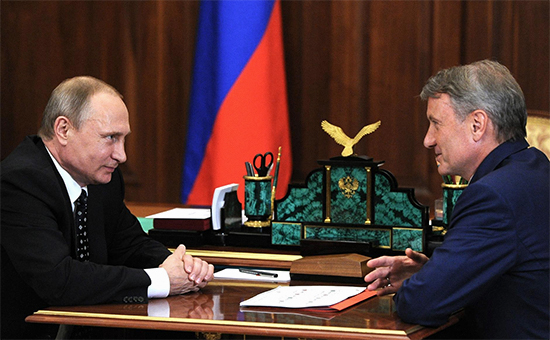

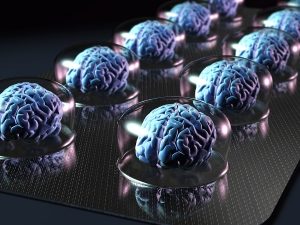

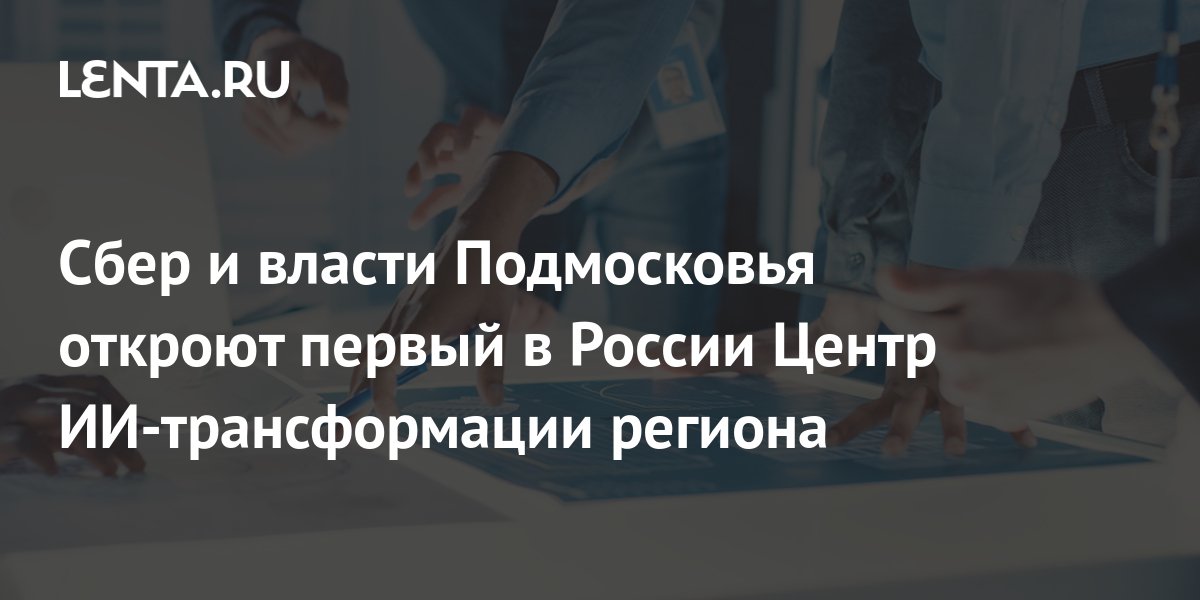


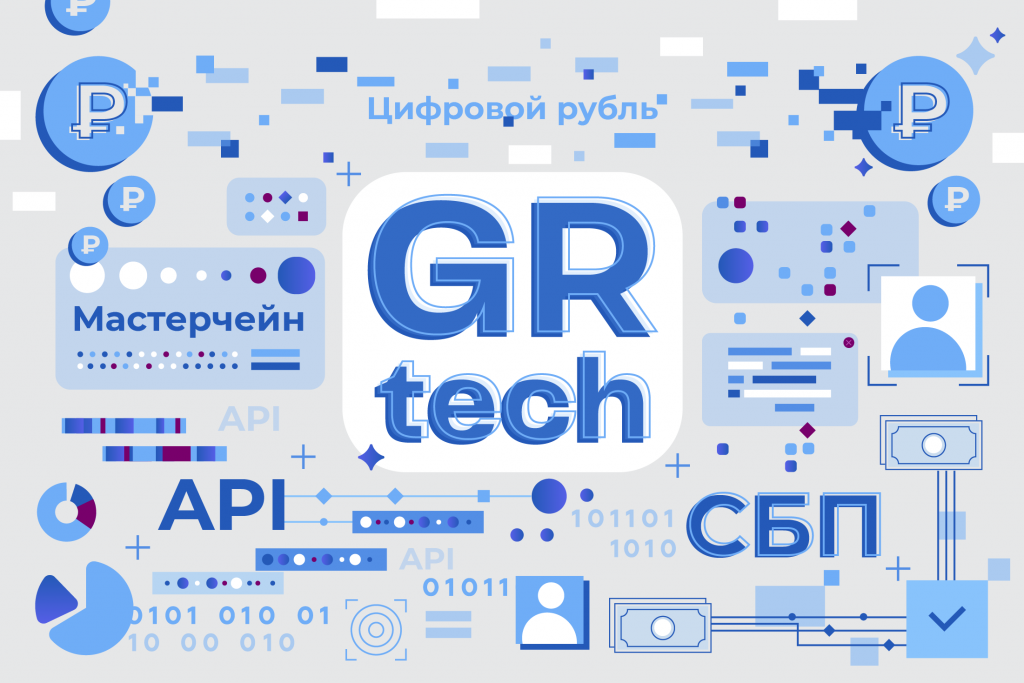
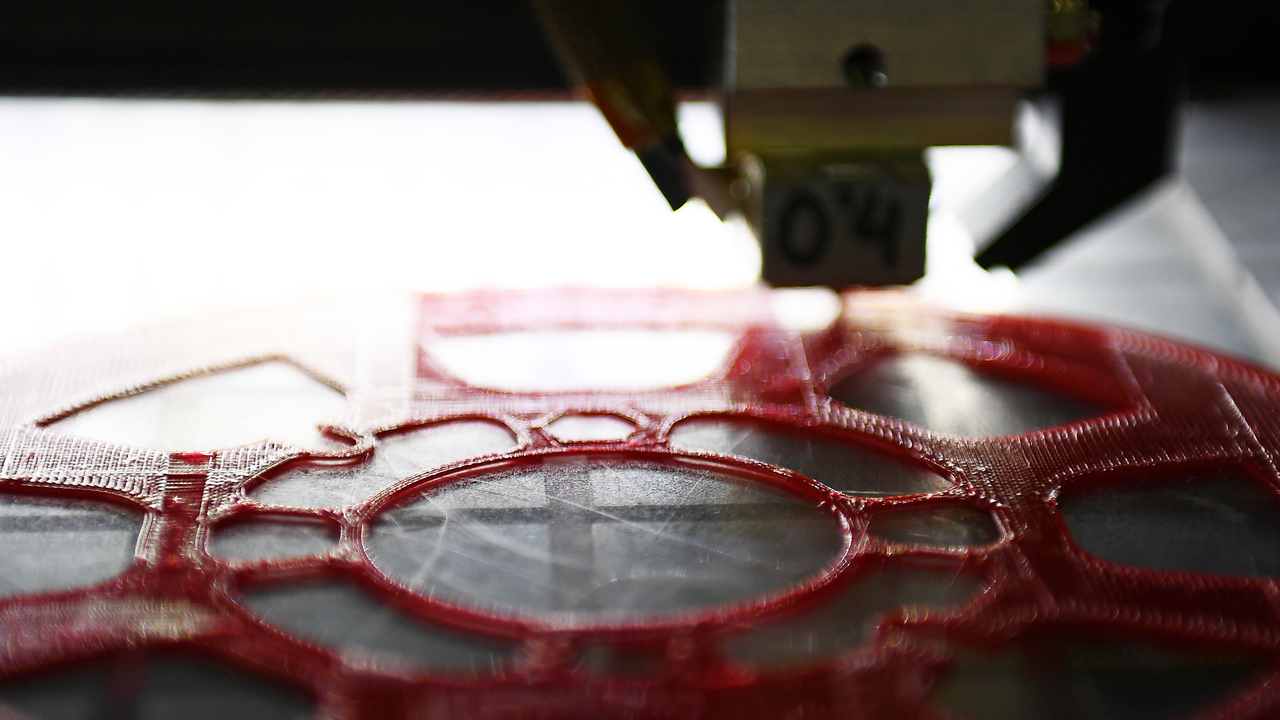
:no_upscale()/imgs/2022/12/20/09/5721407/1bf03d16ff3a4237873cd62bd17c061fb5ff83d9.jpg)
